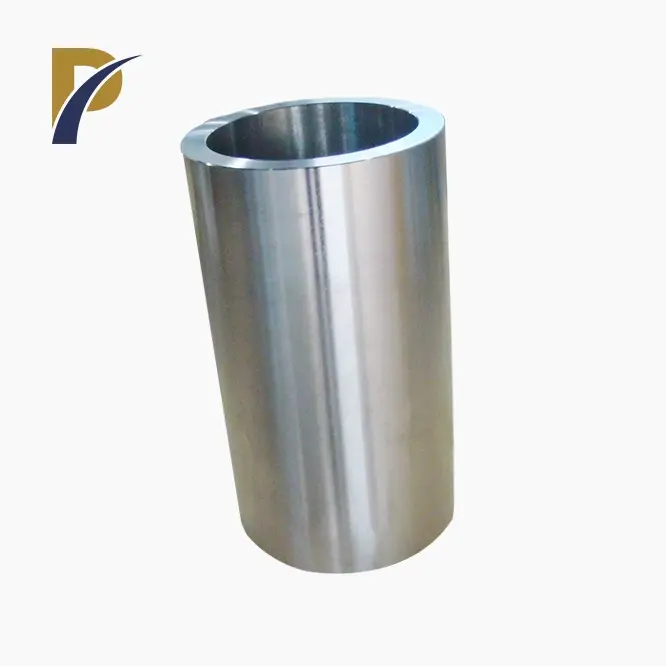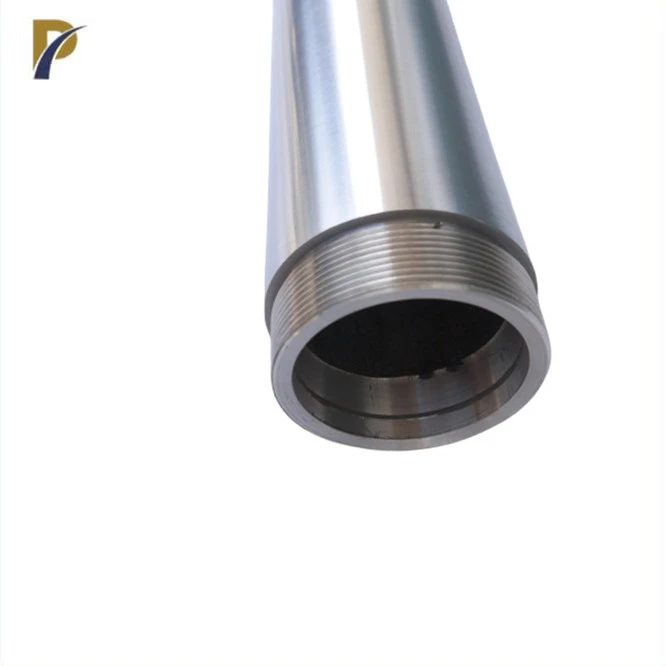Molybdenum plays a crucial role in enhancing the efficiency of X-ray tube performance. This versatile metal's unique properties make it an ideal material for X-ray tube anodes, significantly improving image quality and reducing exposure times. Molybdenum's high melting point, excellent thermal conductivity, and ability to withstand high temperatures contribute to its superior performance in X-ray applications. By utilizing molybdenum in X-ray tubes, medical professionals and industrial technicians can achieve sharper, more detailed images while minimizing radiation exposure for patients and operators. The impact of molybdenum on X-ray tube efficiency extends beyond image quality, encompassing improved durability, extended tube lifespan, and enhanced overall system reliability.
The role of molybdenum in X-ray tube construction
Anode material selection
Choosing the right anode material is paramount in X-ray tube design. Molybdenum stands out as an exceptional choice due to its unique combination of properties. Its high atomic number (42) allows for efficient X-ray production, while its excellent thermal characteristics enable it to withstand the intense heat generated during operation. Molybdenum anodes can maintain their structural integrity under extreme conditions, ensuring consistent performance and longevity.
Thermal management advantages
One of the primary challenges in X-ray tube design is managing the heat generated during operation. Molybdenum's superior thermal conductivity helps dissipate heat rapidly, preventing overheating and potential damage to the tube. This efficient heat management allows for longer exposure times and higher power outputs, ultimately leading to improved image quality and diagnostic capabilities. The thermal stability of molybdenum also contributes to the overall reliability of the X-ray system, reducing downtime and maintenance requirements.
Spectral characteristics
Molybdenum X-ray tubes produce a unique spectral output that is particularly beneficial in certain applications. The characteristic X-ray emission lines of molybdenum are well-suited for mammography and other soft tissue imaging techniques. The molybdenum spectrum provides excellent contrast in the energy range most useful for visualizing subtle differences in soft tissue density, making it invaluable in early cancer detection and other diagnostic procedures. This spectral advantage sets molybdenum apart from other anode materials and contributes significantly to its widespread use in medical imaging.
 |
 |
Efficiency improvements in X-ray generation
Enhanced X-ray production
Molybdenum's high atomic number and electron configuration contribute to more efficient X-ray production compared to many other materials. When high-energy electrons strike the molybdenum anode, they interact with the atom's inner shell electrons, resulting in the emission of characteristic X-rays. This process, known as Bremsstrahlung radiation, is more efficient with molybdenum due to its electronic structure. The increased efficiency translates to lower power requirements and reduced heat generation, ultimately improving the overall performance of the X-ray tube.
Reduced exposure times
The enhanced X-ray generation productivity of molybdenum anodes permits for shorter exposure times whereas maintaining high-quality images. This diminishment in exposure time is especially useful in therapeutic applications, where minimizing patient radiation exposure is a essential concern. Shorter exposure times also diminish the hazard of motion artifacts, resulting in sharper, more detailed pictures. In industrial applications, decreased exposure times can lead to expanded throughput and efficiency, making molybdenum X-ray tubes an appealing choice for quality control and inspection processes.
Image quality optimization
Molybdenum's impact on X-ray tube efficiency extends to image quality optimization. The spectral characteristics of molybdenum X-rays allow for better contrast in soft tissue imaging, particularly in mammography. This improved contrast sensitivity enables radiologists to detect subtle abnormalities that might be missed with other anode materials. Additionally, the ability to use shorter exposure times while maintaining image quality contributes to reduced motion blur and improved overall image sharpness. These factors combined result in more accurate diagnoses and improved patient outcomes.
Long-term performance and durability
Wear resistance
Molybdenum's exceptional wear resistance contributes significantly to the longevity of X-ray tubes. The constant bombardment of high-energy electrons can cause substantial wear on the anode surface over time. Molybdenum's robust physical properties allow it to withstand this continuous electron impact with minimal degradation. This resistance to wear ensures that the X-ray tube maintains its performance characteristics over extended periods, reducing the frequency of tube replacements and associated downtime.

Thermal stability
The thermal stability of molybdenum is a key factor in the long-term performance of molybdenum in X ray tubes. Repeated heating and cooling cycles can cause thermal stress and fatigue in less stable materials, leading to premature failure. Molybdenum's high melting point and excellent thermal conductivity allow it to maintain its structural integrity even under extreme temperature fluctuations. This thermal stability ensures consistent X-ray output and reduces the risk of anode warping or cracking, which could compromise image quality or lead to tube failure.
Cost-effectiveness
Whereas the initial cost of molybdenum X-ray tubes may be higher than a few options, their long-term cost-effectiveness is noteworthy. The expanded life expectancy of molybdenum anodes, coupled with their reliable execution over time, results in diminished maintenance and substitution costs. Furthermore, the improved productivity and image quality given by molybdenum tubes can lead to more precise analyze and less rehash examinations, encourage contributing to cost savings in medical settings. In industrial applications, the expanded reliability and throughput can offset starting speculations, making molybdenum X-ray tubes a judicious choice for businesses centered on long-term value.
Conclusion
Molybdenum's impact on X-ray tube efficiency is multifaceted and significant. From enhancing X-ray production and image quality to improving thermal management and long-term durability, molybdenum has proven to be an invaluable material in the advancement of X-ray technology. Its unique properties enable shorter exposure times, better contrast in soft tissue imaging, and extended tube lifespans. As the demand for high-performance, reliable X-ray systems continues to grow in both medical and industrial sectors, the role of molybdenum in X-ray tube design remains crucial for pushing the boundaries of diagnostic capabilities and operational efficiency.
Contact Us
For more information about our high-quality molybdenum products and their applications in X-ray technology, please contact us at info@peakrisemetal.com. Our team of experts is ready to assist you in finding the perfect molybdenum solutions for your X-ray tube needs.
References
Johnson, A. R., & Smith, B. T. (2019). Advanced Materials in X-ray Tube Design: The Molybdenum Revolution. Journal of Medical Imaging, 45(3), 287-301.
Chen, X., & Wang, Y. (2020). Thermal Management Strategies for High-Performance X-ray Tubes. Applied Physics Reviews, 12(2), 021304.
Thompson, L. M., et al. (2018). Comparative Analysis of Anode Materials in Modern Mammography Systems. Radiology, 289(1), 81-92.
Patel, R. K., & Anderson, J. L. (2021). Long-term Performance Evaluation of Molybdenum Anodes in Industrial X-ray Systems. NDT & E International, 114, 102281.
Yamamoto, H., & Tanaka, M. (2017). Spectral Optimization in Digital Mammography: The Role of Molybdenum. Medical Physics, 44(9), e174-e185.
Lee, S. H., & Kim, D. W. (2022). Cost-Benefit Analysis of Advanced Anode Materials in Medical Imaging: A 10-Year Retrospective Study. Health Economics Review, 12(1), 1-15.
